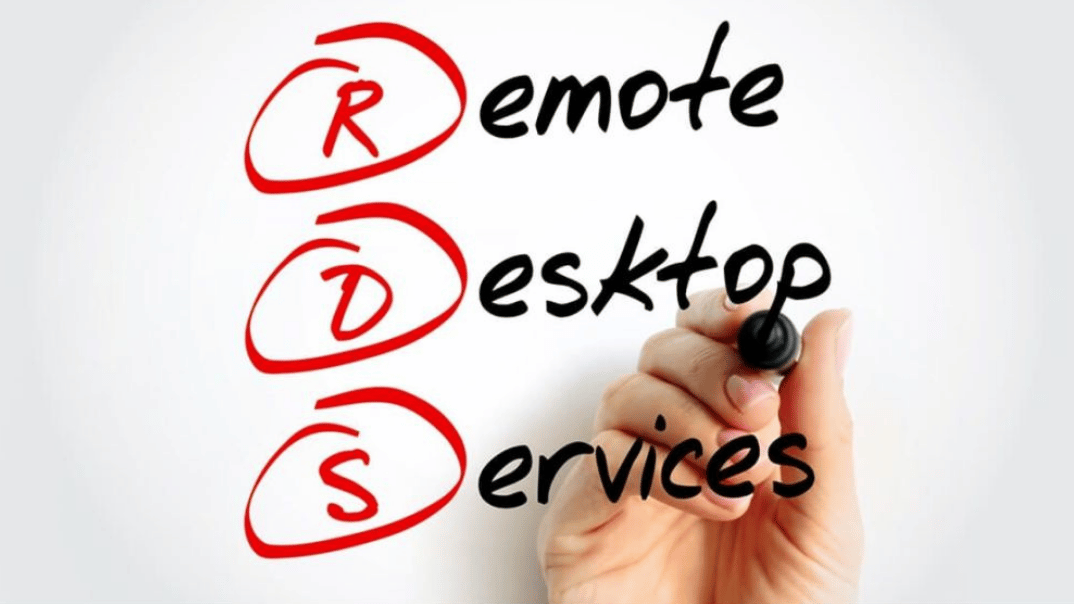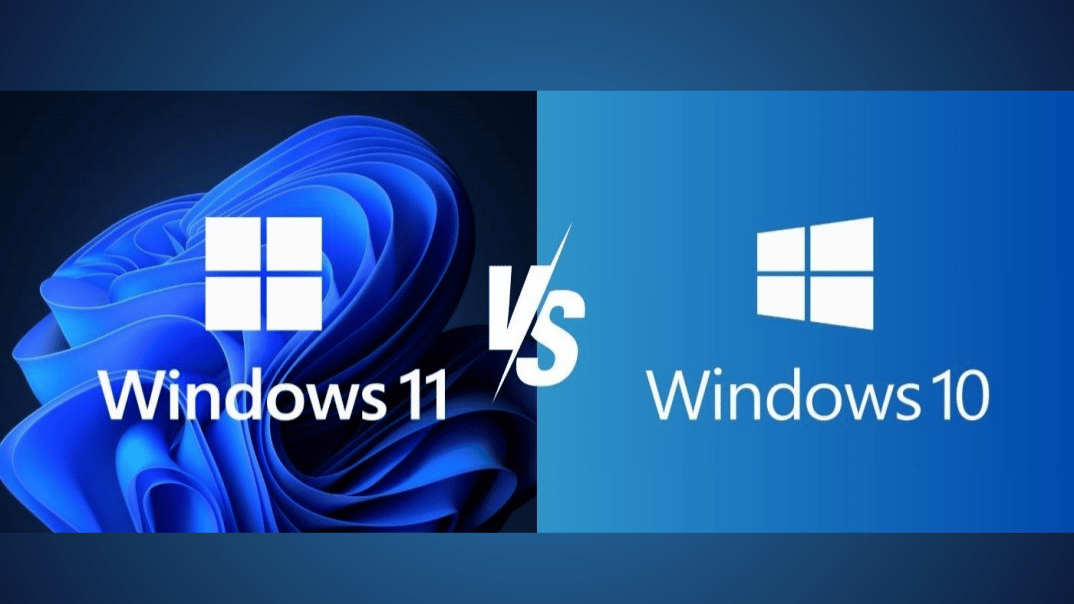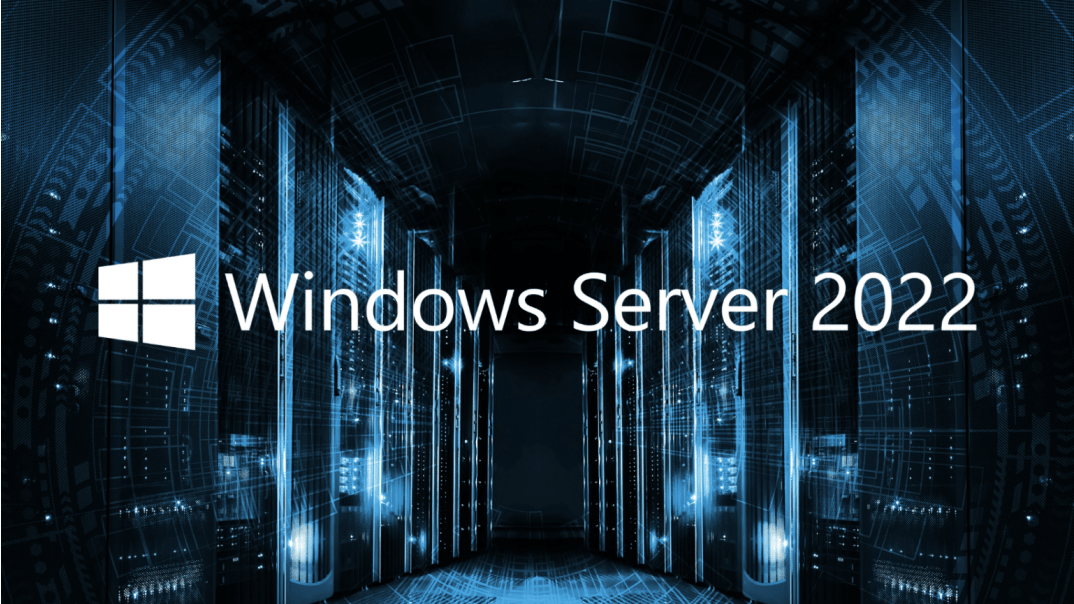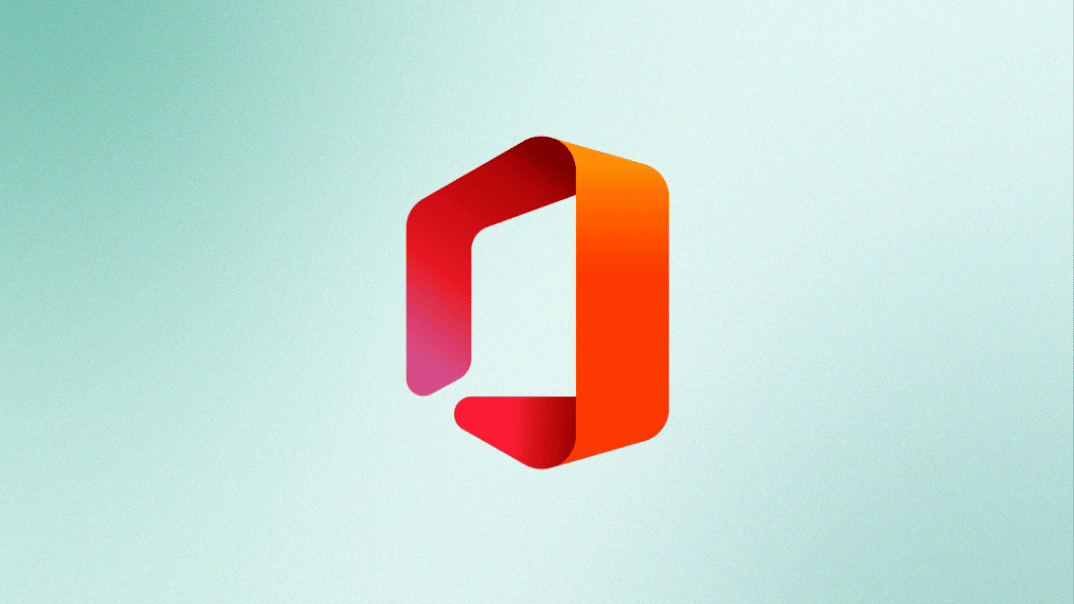With the move to a distributed workforce, the importance of tools like Remote Desktop Services has grown exponentially. But just what is RDS?
In this guide, we take a deep dive into Microsoft's Remote Desktop Services. We look at the components that make up the platform, its uses and benefits, and the licensing requirement to use it.
What is RDS?
Remote Desktop Services (RDS) is a set of tools that are integrated into Windows desktop and server operating systems. A simple description of RDS could be:
Remote Desktop Services is a series of tools and features that are designed to allow users remote access to applications and graphical desktops.
The history of RDS can be traced back to 2008. Early versions (originally known as Terminal Services) were rolled out in Windows Server 2008 and also introduced into earlier versions as an update.
Since then, it has evolved into a multipurpose remote access suite that is aimed primarily at business users. This is clearly evidenced in the lack of support afforded to home editions of all the major Microsoft Operating Systems, including:
- Windows 7
- Windows 8
- Windows 10
- Windows 11
Interestingly, despite the lack of support for RDS in the home versions of MS operating systems, it is compatible with third-party clients, including Android, macOS, iOS, and Linux (some tampering may be required with the latter.)
If you are running home editions of a Windows OS and want to use RDS, then there is an easy and cheap solution:
Windows 10 and 11 Professional - Brytesoft can supply genuine Microsoft Product Keys for the professional versions of Windows 10 and Windows 11. These are available at a fraction of the usual cost and can be purchased from our Windows Operating Systems page.
Similarly, those running older versions of Windows Server or want to upgrade to the latest version can purchase genuine product keys for Windows Server 2016, Windows Server 2019, or Windows Server 2022 for a fraction of the usual price.
What are the main uses of RDS?
Remote Desktop Services is a versatile solution that can be used in many scenarios. What it is used for depends on the needs of the organization, but broadly speaking, RDS fulfills three main purposes:- Access to Apps – The RemoteApp component of RDS allows users to run cloud-based applications from remote computers or mobile devices.
- Access to Remote Desktops – This facility is becoming increasingly critical as we move to a remote/hybrid working model. As the term suggests, this feature allows users to remotely access a virtual or actual desktop, depending on their needs and the permissions granted.
- Access to data – Finally, the RDS component can be used to allow users access to an organization's data, depending on permissions.
The main benefits of Remote Desktop Services
Remote Desktop Services are an easy-to-implement solution that facilitates the ability to remotely access computer systems. This is the primary benefit that RDS provides. Below are some more specific examples of the benefits of RDS:
Centralized Applications
This is one of the main benefits of RDS. Centralized applications have several advantages, including:
- Not machine specific – Applications can be run on devices that normally wouldn't have the resources to run them. It also means that apps can run on operating systems that normally wouldn't support them.
- No installation – Configuration of software on new devices is time-consuming. Cloud-based applications running on RDS negates the need for this, meaning savings in both time and money.
- Updates – Rolling out software updates across many devices is another time-consuming and costly process. Centralized applications ensure that this requirement is massively reduced if not eradicated.
Cloud-based Data Storage
RDS allows users access to cloud-based data. One of the disadvantages of remote working is the potential security issues. RDS can increase security by ensuring that even if a user's device falls into the wrong hands, there is no sensitive data held on the device.
Work from Anywhere
Ultimately, most remote access software aims to deliver a solution that allows services and data to be accessed from remote locations. This is exactly what RDS delivers.
Reduced Costs
The above benefits in themselves can be considered as cost-cutting. But the overall effect of the combined benefits can be to greatly reduce costs. By streamlining how IT services are delivered (particularly to a remote workforce) and reducing the reliance on state-of-the-art hardware, RDS can save money in several ways.
The Components of Remote Desktop Services
Multiple components mesh together under the "RDS Umbrella." A brief overview of the major components is described below:
- Remote Desktop Connection Broker (RDCB) – This can be described as the traffic manager. It manages the incoming connections to servers or server farms and can act as a service manager as well as distribute traffic to balance loads across multiple servers.
- Remote Desktop Services Host (RDSH) – This component is responsible for storing the apps and desktops accessed by users. RDSH allows administrators to set up customized access to desktops and apps.
- Remote Desktop Gateway (RDG) – As the name suggests, this component is used to grant users access to Windows apps and desktops from public networks.
- Remote Desktop Web Access (RDWA) – This allows users access to the Remote Desktop Services through a web portal.
Remote Desktop Services – Licensing
One further component that can be discussed is the Remote Desktop Licensing Servers. Put simply, every user or device that uses RDS needs a license to do so. These licenses are known as Client Access Licenses (CAL), there are two types of CAL available:
- Client Access License by Device – This type of license allows a device full access to the RDS services, regardless of the user. This is useful where there are static devices that may need to be frequently used by different people to access the server.
- Client Access License by User – This type of license is issued to a specific user. This means that the user can access the services from any compatible device. This is a useful license for where many remote users access their work network from a variety of devices.
Client Access Licenses are one of the main considerations when setting up Remote Access solutions for users. For enterprises, the cost of CALs can become prohibitive. However, there is some good news – here at Brytesoft, we have a range of Remote Desktop Client Access Licenses (CALs) available at low prices.
Summing Up
Remote Desktop Services is an incredibly useful suite of tools that has done much to help a smoother transition to remote working practices. Its inclusion across the major Microsoft platforms has helped in the rapid uptake of the services that RDS provides.
The way we work is rapidly evolving, and tools such as RDS are leading the way in facilitating these changes. The future will see further development of the platform as the demands of a remote workforce continues to drive developers to create solutions that simplify remote access.




